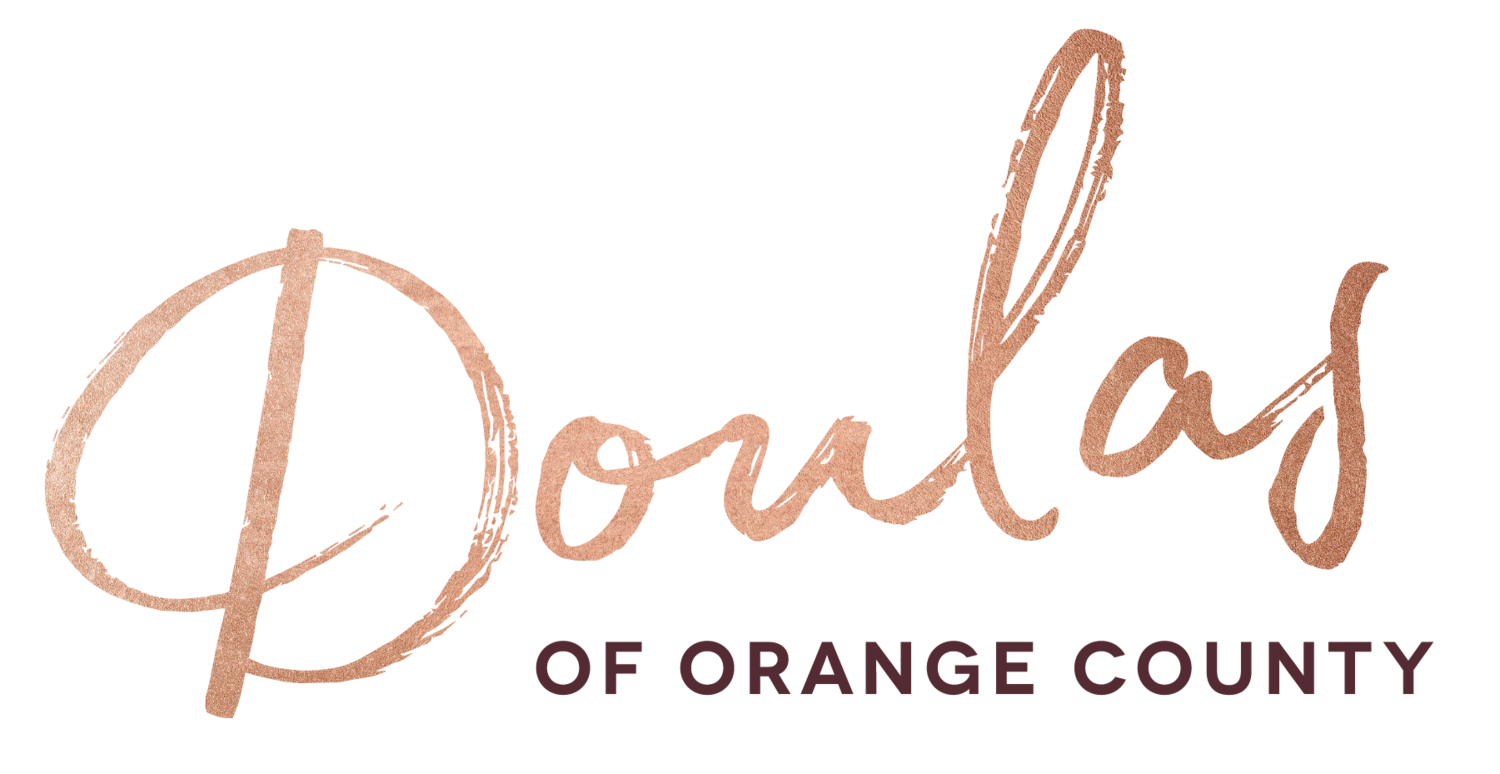So far we’ve learned a lot about the benefits of babywearing for the mom… but what about the baby? Babywearing not only promotes bonding, but it is considered one of the most important factors in the physical, mental, and social development of infants. It increases awareness, stimulates their brains in a healthy yet calm way, and assists them in experience the world from different perspectives.
Humanizing and Social Development
When being worn, baby is at the perspective of the parents, experiencing in-depth life from our point of view. They are fully and infinitely immersed into the parent's world. Seeing what they see, hearing what they hear, smelling what they smell, and even, -in a sense, feeling what they feel. What child doesn't love being a part of their parent's big big world.
According to Dr. Sears, "baby becomes aware of, and learns from, all the subtle facial expressions, body language, voice inflections and tones, breathing patterns, and emotions of the caregiver." All of this actually results in a smarter, more "organized" baby.
“Such environmental experiences stimulate nerves to branch out and connect with other nerves, which helps the brain grow and develop.” (Sears)
When interacting with the world around you at the level of the caregiver, baby is able to build connections socially with the sights and sounds around them. They can talk and coo with other adults, point at the plane in the sky or listen in on conversations adults are having. Being high up and in the action gives them a chance to soak in this social interaction and connection vs being at a caregiver's feet or stroller and potentially missing out on a chance for increased social development.
Enhanced Speech Development
La Leche League states, "In many cultures, babies are constantly in the arms of caregivers. Anthropologists and psychologists who study the behavior of mothers and babies have observed that when mothers and babies are together, they are constantly shaping one another's behavior. When her baby whimpers or seems to be in distress, the mother responds and reassures her little one. If her baby seems hungry, she offers her breast. When the baby looks into her eyes, she smiles and talks to her baby, and her baby responds by gazing at her, smiling, or trying to "talk" in baby language. When babies encounter new people or new experiences, mothers and fathers who are holding them can help them overcome their fears and learn more about their world."
Being in intimate connection with a parent or caregiver encourages age appropriate communication and gives your baby a healthy start in life.
Physical Development
While being worn a baby responds to the frequent walking and bouncing with an increased sense of balance and understanding of movement. Tummy time is recommended by medical professionals to help encourage baby to develop strong neck and stomach muscles and turn their head side to side. However the majority of babies aren't too keen on tummy time on the play mat. When upright in a sling or carrier, littles ones are constantly engaging their core and trunk muscles and strengthening the neck as they look up at their caregiver or look around at all of the exciting sights and sounds. Since babies are often on their back in a crib, moses basket, bouncer, swing etc, wearing them is an easy way to provide time in a different position while keeping them happy and entertained. Providing this time off of their back can assist with preventing plagiocephaly. Tummy time is still an important activity for your little one, but the good news is that baby wearing helps a lot with physical development.
Join me tomorrow for my last post celebrating International Babywearing Week all about Growing & Exploring the world together with your children!



